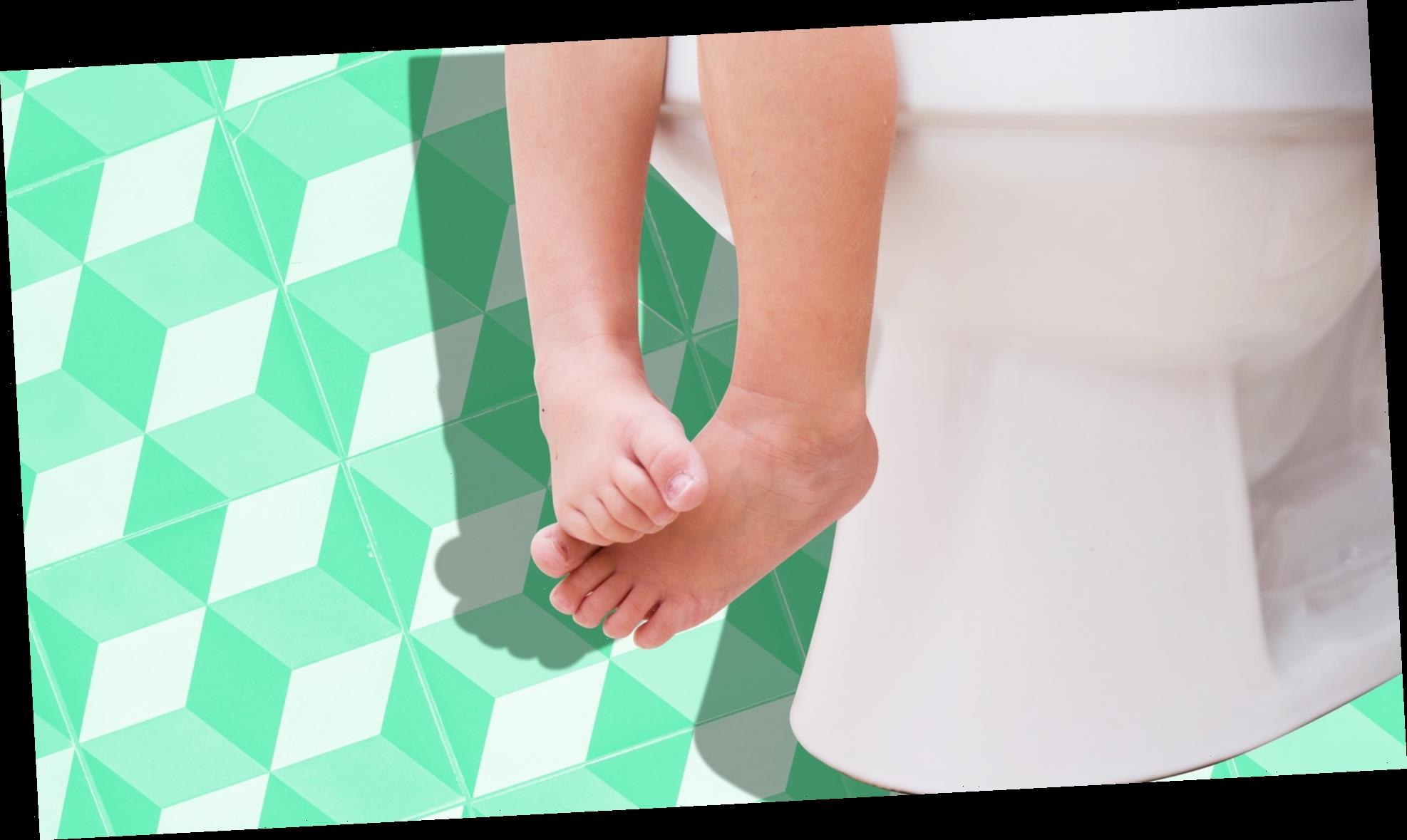Early parent life means changing one hell of a lot of diapers. For those of us trapped in the feed-poop-change-sleep-repeat cycle with our littles, we might be looking forward with bated breath (literally, because ugh that smell) to the point in our parenting future when that baby is totally diaper-free. But getting from one stage to the next isn’t always an easy transition (is it ever, really?). So, when you do find yourself in the throes of potty training, you may end up longing for those early days when you could slap a diaper on your babe and call it a night. Life’s ironic, isn’t it?
But never fear: Here are a few tips that are basically guaranteed to get you through this exciting — yet stressful and potentially accident-prone — era.
Wait until your child is ready
By no means is it wise to start potty training a baby who has zero interest and no physical-readiness signs. You will wind up with a frustrated child — and you’ll likely spend your spare time cleaning up puddles and scraping poop out of their drawers.
According to Dr. Fran Walfish, Beverly Hills family and relationship psychotherapist, there are several readiness signs you can look for. Physical signs of readiness include hiding to poop in a diaper (for example, behind your couch), staying dry for a few hours at a time, an ability to pull pants up and down, being able to get on and off a potty and the ability to sit still long enough to actually pee or poop.
Emotionally, Walfish says parents can look for an interest in staying dry as well as an interest in using the potty. And for the love of all things holy, make sure the kid is not scared of the actual toilet.
Get the right equipment
There are dozens of potty seats and other helpful equipment you can get to ease the process, or at least make it more fun. And if you can afford to buy a few seats to see which one sparks your kid’s fancy, go for it. Parents who have been there and done that recommend buying an extra potty or seat regardless, so you can place one in many strategic points in your home. If your home has two levels with a bathroom on each, for example, you will not want to lug your child up the stairs so she can use “her potty” while she’s peeing down your leg the whole time.
Make a schedule
Yeah, you may not be into scheduling your strong-willed toddler to do anything, but routine potty breaks may get them into the routine. Every two hours or so, visit the bathroom and have them sit on the seat and see what happens.
Provide (some) praise
Whether your kid poops or pees — or does nothing at all — provide a little praise and encouragement. However, you really don’t have to jump up and down and go overboard. Also, concentrate on the act itself instead of saying what a good kid they are for using the potty, writes Jamie Glowacki, potty training expert.
Don’t dawdle
Don’t assume your tiny tot has a bladder of steel and you can take your time strolling to the bathroom. Once you notice signs that he may be pooping or peeing soon (squatting, holding the crotch area or doing that particular potty dance), interrupt his Play-Doh-fest and visit the toilet.
Choose easy-to-pull-down pants
At this age, when time can be of the essence and you’re trying to promote a DIY attitude in your child, provide pants that are super-easy to pull up and down. Once your child gets the hang of things, she’s not going to have time to fiddle with zippers.
Avoid paying your child to poop
While it may seem like the easy way out, offering rewards may not be the best idea, as it can put too much pressure on a child — and sometimes comes with unintended consequences. “There are very few things kids must be in control of,” says Walfish. “Their bodies are one of them. If your child gets the idea that you are too invested in them becoming toilet-trained, they will use it against you.” And you don’t want your child to use toilet training against you.
Demonstrate good hygiene
From the get-go, it’s important to demonstrate and expect good hygiene. It’s vital to teach wiping from front to back, just like you’ve been doing since your kid was born, to avoid dragging germs. And hand-washing is a crucial routine to teach too; even when your kid sits down on the potty and does nothing, have them wash their hands.
Don’t push
“Never push or force potty training,” says Walfish. “Toilet training is one of only four crucial developmental milestones [eating, sleeping, talking and elimination] where parents and children can get stuck in a power struggle/battle.” If your child isn’t having any interest or success, don’t give into a battle of wills; that’s one fight you won’t win, and it can make potty training even harder on your little one.
Potty training is an adventure that can vary, and even if you have two kids, they may not go about the process the same way (that is, one kid may be super-into the whole process, while others happily prefer to poop in their pants). Take a deep breath, don’t rush your child, and look forward to the days when your child is officially out of diapers. Just make sure you know where the nearest bathroom is at every place you visit from now on.
Source: Read Full Article








